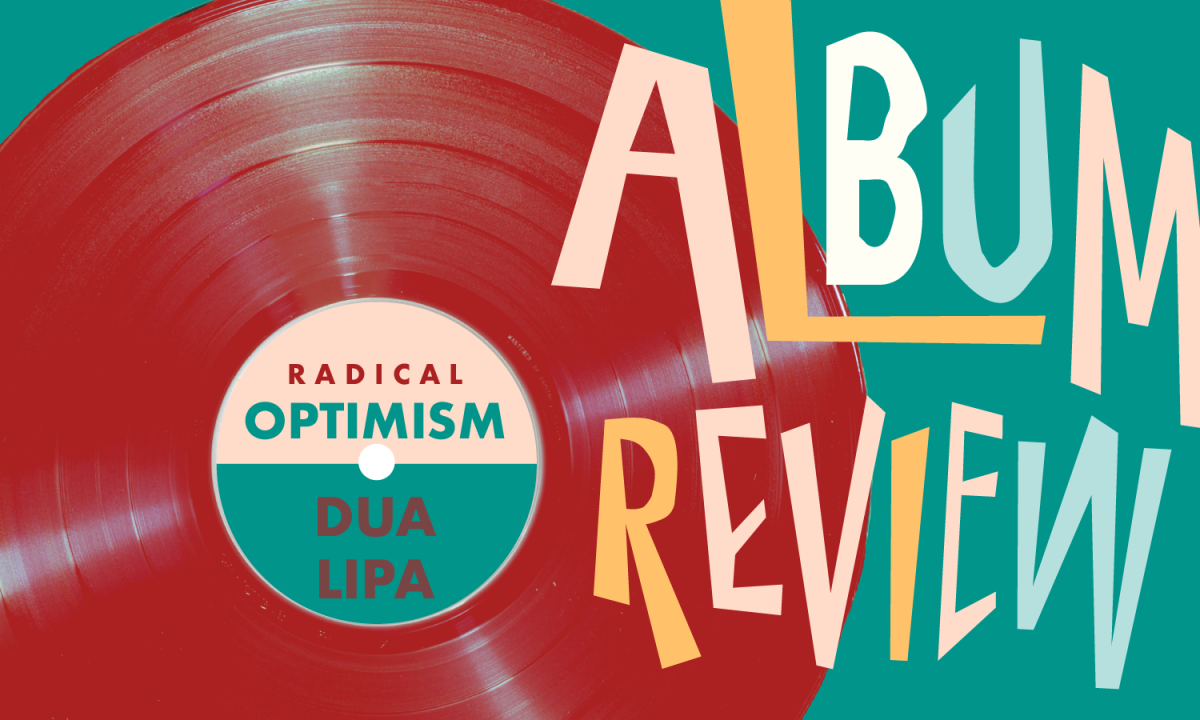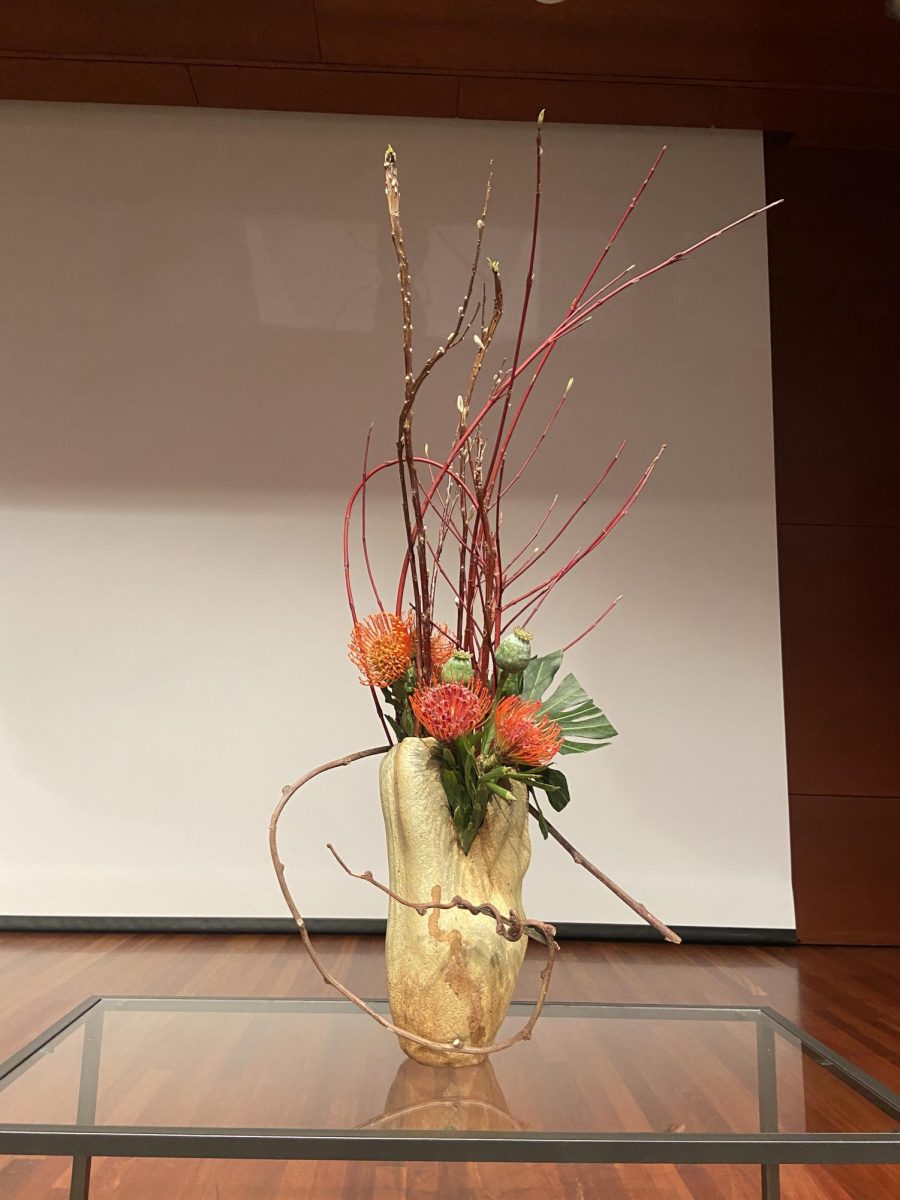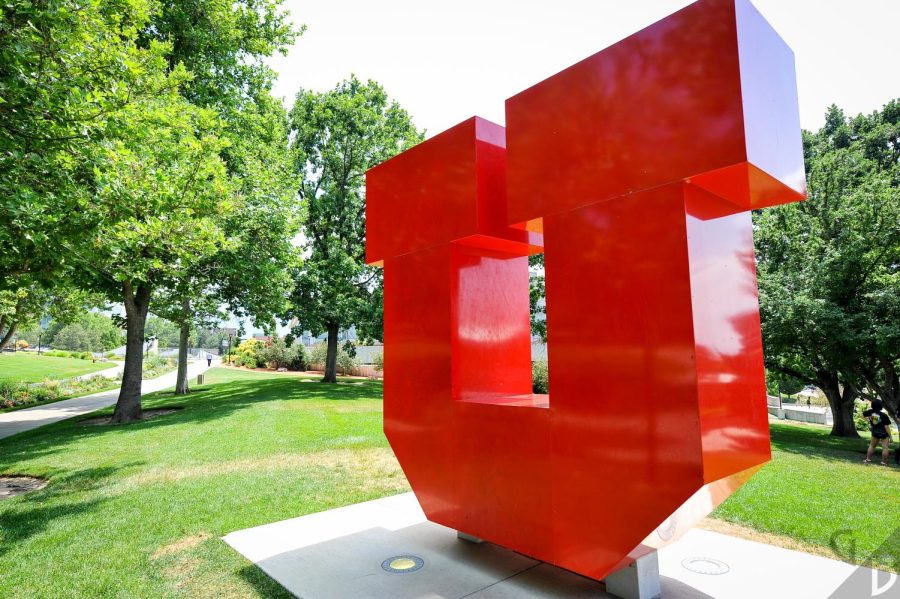Utahns living in and around the Wasatch Range understand that the beautiful mountain range they call home is priceless. Marketing firm Ski Utah’s “One Wasatch” concept entails a gimmick that will have an adverse environmental impact on our home range. The concept’s webpage states that “18,000 Acres [and] 7 Resorts” could become “the largest contiguous ski experience in North America” with “the addition of just a few connecting lifts.” While on the surface this might seem like a good idea, the environmentally intrusive nature of the project should concern outdoor recreationists and residents alike.
As Carl Fisher, executive director of the Citizens’ Committee to Save Our Canyons, wrote in the June 2014 issue of the Save Our Canyons newsletter, “The Central Wasatch Range is too important to be sacrificed in a marketing ploy by the ski industry.”
Paul Broadhurst wrote in the same issue, “These ski area connection proposals [are]…driven by corporations that want to create a marketing opportunity for the biggest and best mega resort. This will be done at the expense of the local watershed, non-ski area recreational pursuits and resident wishes.” Backcountry recreationists stand to suffer from the proposal. Additionally, One Wasatch doesn’t take into account the fact that existing multi-resort connections aren’t a real draw for tourists or the local skiing public. This push to further develop the Wasatch isn’t intended to benefit Utah residents but rather the ski resort industry.
The “SkiLink” saga is an excellent example of how Utah community members can come together to stop corporate intrusions into Utah’s ever-threatened backcountry. Nathan Rafferty, Ski Utah’s president and CEO, was one of the strongest proponents of the similar, recently-disputed resort-connecting concept, a project which rested on pork-barrel federal legislation to develop public lands. Strong opposition to SkiLink from Utah constituents and ski industry businesses like Black Diamond and Patagonia was the apparent nail in the coffin for SkiLink.
The vigilance must continue. As Southern Utah Wilderness Alliance executive director Scott Groene wrote in the Summer 2014 issue of Redrock Wilderness, “When public lands are the issue, rational behavior has long been in short supply among Utah’s elected officials.” Although the One Wasatch concept supposedly will be constructed entirely on private lands, the development of areas immediately adjacent to public lands will adversely impact the entire wilderness watershed. Steve Bloch and David Garbett wrote in the same publication about how recent scientific studies have shown that local human activity is a directly contributing cause to the significant dwindling of the snowpack in the San Juan range.
Scarier, long-term snowpack concerns also exist. According to a New York Times article from February of this year, “As far for the Western part of the country, it will lose an estimated 25 to 100 percent of its snowpack by 2100 if greenhouse gas emissions are not curtailed.” The Wasatch snowpack is going to be adversely affected over this next century. The fact that locally intrusive activity can amplify the issue should be taken into consideration when discussing any development.
The central Wasatch watershed, viewshed and recreation areas should be managed to the benefit of Utah residents, not sacrificed in money-making schemes that benefit non-resident, ski industry power jockeys like John Cummings, CEO of Powdr Company, and Rob Katz, CEO of Vail Resorts. Anti-wilderness politician Rep. Jason Chaffetz (R-Utah) was brought to heel on SkiLink by the voice of his constituents, and the Wasatch community should likewise be vocal about concerns with One Wasatch before it’s too late.











